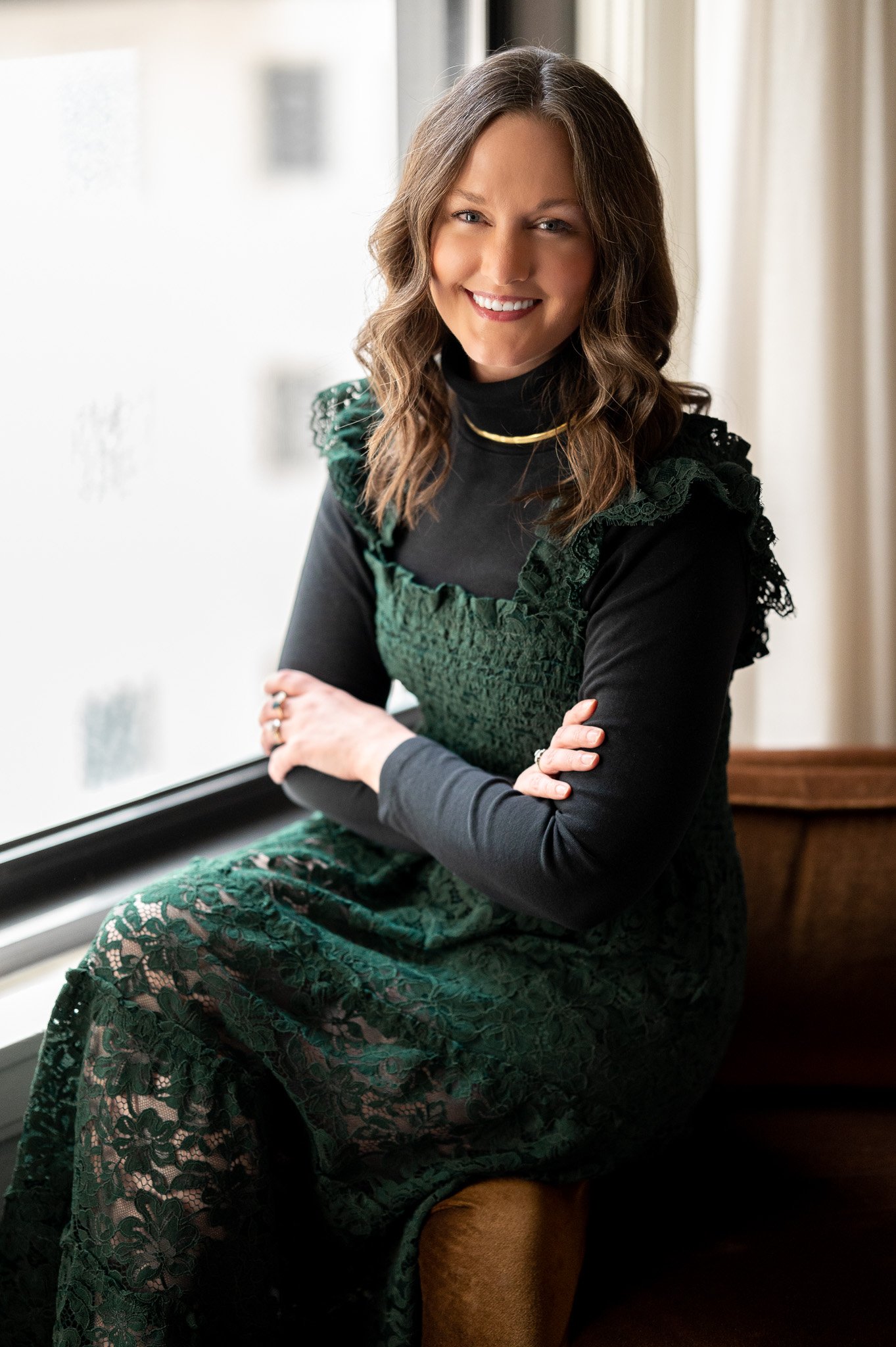Windy City Blues
Book Review - Windy City Blues by Renée Rosen
My husband and I listened to Windy City Blues by Renée Rosen driving to and from St. Louis, MO and Chicago, IL - which I thought was totally perfect: two cities known for their blues music. I was first made aware of this book from Nena Ivon, a fellow fashion historian here in Chicago. But I was interested in it because my dad is a drummer in Boulevard Blues Band and I really don't know that much about blues music (although I've always appreciated it.) On top of all of that, Chicago just announced that a blues experience museum will open in 2019. So needless to say, there were a lot of factors influencing my decision to choose this book.
At the center of Windy City Blues is Chess Records, a recording company founded in 1950 in Chicago by two Jewish brothers from Poland: Leonard Chess and Phil Chess. Not exactly who you'd imagine running a record company specializing in blues and R&B. The story covers many decades, spanning from the 1940s into the 1970s and chronicles the rise of Chess Records which was eventually sold for $6.5 million in 1969.
Some of the company's most notable artists include Chuck Waters, Howlin' Wolf, and Muddy Waters - who was a big part of the Windy City Blues story. Take a listen to one of his songs below:
This book was full of rich information about how the blues scene got started in Chicago. It inspired me to add LPs to my collection that I never realized were related to or inspired by some of the early blues artists. The Beatles, the Rolling Stones, and the Beach Boys were all mentioned in this book as being fans of blues artists recorded by Chess Records.
I am eager for the opening of the Blues Experience Museum here in Chicago, but in the meantime there is also a National Blues Museum in St. Louis that I'd recommend you visit if you find yourself in the area. Although I've always appreciated the blues, I can now say I'm a true fan.
#FashionHistorybyDrHasty
It wouldn't be a proper historical fiction review by Hasty Book List if I didn't include some fashion history. Since the book spanned so many decades, I chose a time period right in the middle of the story when a lot of the action occurred (1955.) I chose this particular dress because it was a nod to the black dress worn on the cover of this book and because it was designed by Mainbocher, who was born in Chicago!
“Born on the West Side of Chicago in 1891, Mainbocher chose to make his home overseas. He began sketching at Harper’s Bazaar and then went to work as the fashion editor of French Vogue in 1922, staying there until 1929. With his trained eye and exquisite taste, he opened his maison de couture in 1930 at 12, avenue George V with the support of fashion editors, designers and the social elite. Mainbocher became “the American” in Paris that any woman who could afford his luxuries, turned to. His clothes were perfectly appropriate for every occasion, producing an air of elegance.”
This post contains affiliate links, which means I receive compensation if you make a purchase using this link. Thank you for supporting this blog and the books I recommend!






